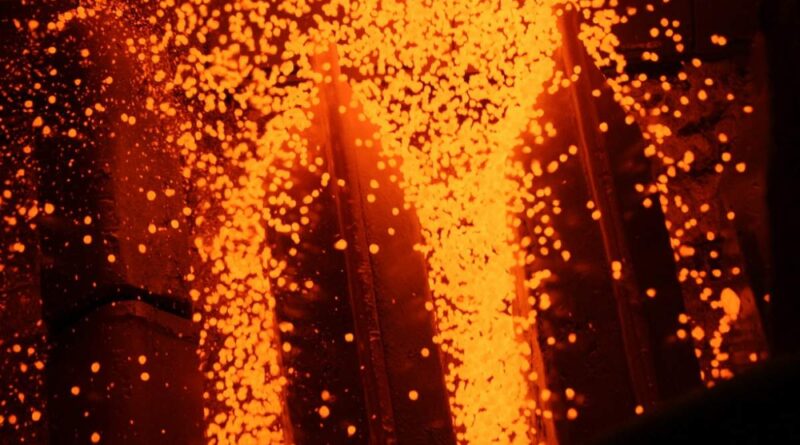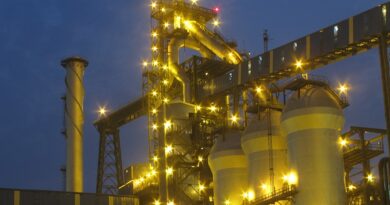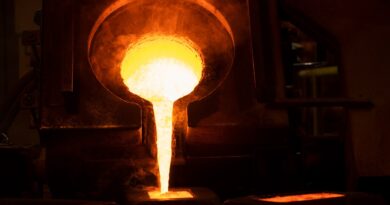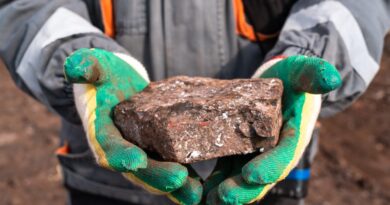Low carbon ironmaking for low carbon steel
QUEBEC, Canada – Stahl Holding Saar, Rio Tinto and Paul Wurth have signed a Memorandum of Understanding to explore the production of a low carbon steel feedstock.
This venture brings together a leading global miner, an international leader in the design and supply of engineering solutions for integrated steelmakers and one of Europe’s best known steelmakers.
The initiative will explore the viability of transforming iron ore pellets into low carbon hot briquetted iron, a low carbon steel feedstock, using green hydrogen generated from hydroelectricity in Canada.
The parties will conduct a feasibility study into the potential development of industrial scale low-carbon iron production in Canada, utilising the combined expertise of the three partners across the entire steel value chain.
The feasibility study is scheduled for completion in late 2021, with an investment decision on a hydrogen based direct reduction plant at industrial scale expected to follow thereafter.
Rio Tinto’s Iron Ore Company of Canada will supply high-grade iron ores and expertise in mining, processing and pelletising. Paul Wurth brings expertise in plant building and process knowledge in the field of highly efficient hydrogen generation and Midrex direct reduction plants. SHS brings deep iron and steel making expertise.
Significant presence of Rio Tinto in the Canadian provinces of Quebec, Newfoundland and Labrador makes Canada a natural location for the project. Canada provides access to cost competitive hydro-electricity, and proximity to key markets in Europe and North America.
Converting high-grade iron ore pellets into a low-carbon steel feedstock using green hydrogen, when processed in an electric arc furnace with carbon free electricity, has the potential to reduce significantly the carbon emissions associated with steelmaking.




